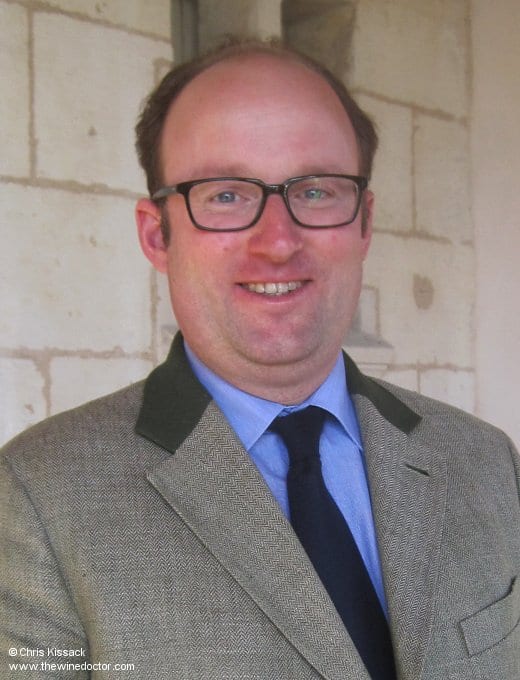Château Laville Haut-Brion
Château Laville Haut-Brion was for many years one of the great exemplars of dry white Bordeaux. Nevertheless, despite the high esteem with which this estate and its wines were held by many in the wine trade, its fame was not spread particularly far or wide. There were perhaps two principal reasons for this; low volumes and high prices. The number of bottles produced each year was very small, and distribution rather exclusive; it is perhaps telling that, aside from a couple of bottles that cropped up alongside a rather smart tasting of La Mission Haut-Brion, the only times I encountered the wines were at the annual primeur tastings. Add a significant price tag into the mix and it is clear why few enjoyed the delights offered by Laville Haut-Brion.
These days, as keen followers of all things Bordeaux will know, such encounters are increasingly unlikely. In a simplification and restructuring of the Clarence Dillon portfolio rolled out in the early years of the 21st century, Laville Haut-Brion was one of two significant casualties. The first was La Tour Haut-Brion, a wine much loved by many, the final vintage for which was 2004, the fruit thereafter used in the production of the second wine of La Mission Haut-Brion. Next to receive the axe was Laville Haut-Brion, although here the process was more rebirth than execution. Today Laville Haut-Brion is commercialised as the white wine of La Mission Haut-Brion. The final vintage under the Laville label was 2008. This profile remains, however, in order to provide background information on the estate and its wines, which given the reputation of the Haut-Brion stable will no doubt crop up – albeit infrequently, perhaps – at auction for many years in the future.

